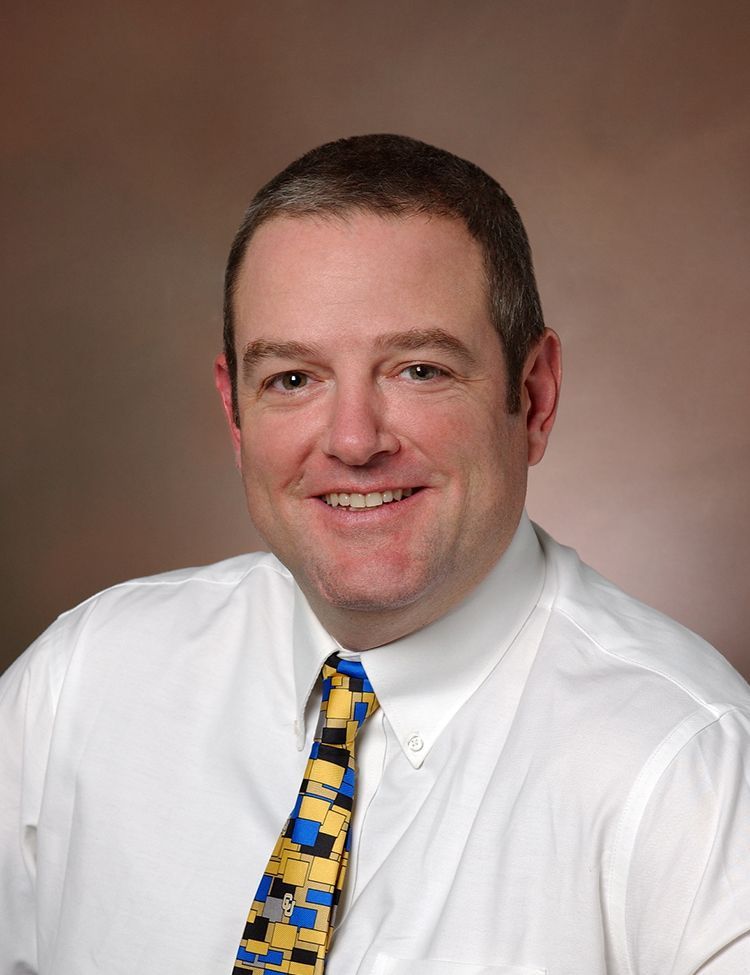Article
Who Heals the Healers? The State of Burnout in Cardiology, With Gregory Weiss, MD
Author(s):
Dr. Gregory Weiss tackles the topic of physician burnout in cardiology and offers perspective on the most common causes as well as possible methods of intervention to mitigate the impact of burnout.
Physician burnout is a real thing.
Gregory Weiss, MD

Ever since I started out in medicine I have read about and heard about physicians saying enough is enough and simply leaving the field. The chorus of discontent has become deafening over my 20 years in the game. It may seem counterintuitive since physicians have higher compensation, often excellent benefits, and the pleasure of improving the lives of so many. There is no doubt that helping people is rewarding, but at what cost? Life and work are a balance.
As such, clinician well-being and clinician burnout can be seen as opposite sides of the scale. Clinician well-being may be defined as experiencing satisfaction and engagement at work while also feeling professional fulfillment and a sense of meaning or purpose.1 Burnout, on the other hand, may be defined by emotional exhaustion, depersonalization, and a sense of low personal accomplishment in a stressful work environment.1
We know that physician burnout is real, but what causes it? Medicine has been changing over the decades with increasing reliance on technology, greater regulatory burdens, and increasing clerical loads stimulated by widespread use of electronic medical records. A key determinant of clinician well-being is time. When job demands outweigh personal and family time the scale tips toward burnout. But time is only one facet of a complex network of stressors weighing on clinicians. In a joint opinion from the American College of Cardiology (ACC), the American Heart Association (AHA), the European Society of Cardiology (ESC), and the World Heart Federation (WHF) seven key drivers of clinician burnout were identified1:
- Workload and Job Demands.
- Efficiency and Resources Available.
- Control of Work.
- Social Support and Sense of Community at Work.
- Alignment with Organizational Values.
- Work-Life Integration.
- A Sense of Meaning in Work.
Although everyone experiences some level of dissatisfaction on the job clinician burnout may extoll serious personal and professional costs. Burnout is associated with higher rates of alcohol abuse, substance use, dysfunctional relationships, depression, and suicide.1 On the professional side clinicians experiencing burnout make more medical errors, provide lower quality of care, see reduced patient satisfaction, display more disruptive behavior, and see a general reduction in their professionalism and empathy.1 After identifying the ramifications of clinician burnout the joint task force went on to outline potential strategies for combating this growing problem.
Key to identifying conditions leading to clinician burnout is regular assessments of work conditions through clinician surveys.1 When areas of stress are identified health care organizations must actively create a culture of well-being, improve practice efficiency, offer programs to strengthen personal resiliency all while destigmatizing mental health conditions.1 By further influencing health care policy an environment of support can exist in essence by changing the rules addressing the previously mentioned seven key drivers of clinician burnout.
Too often health care organizations focus on “fixing the employee” by offering classes on self-resiliency and stress management.1 These strategies are useless when the stressors are systemic and institutionalized. Health care organizations need to provide a foundational means to create a work environment where clinicians may thrive. The workgroup points out that Maslow’s hierarchy of needs supplies a perfect template for health care leaders to address clinician fulfillment2:
In addition to supplying an environment where these needs can be met for clinicians, institutions must provide employees with a structure that allows for confidential reporting of mistreatment while at the same time destigmatizing access to mental health services. This is not a one-time fix; regular reassessment is essential to judge the effectiveness of implemented projects aimed at increasing clinician well-being.1
While institutions have a major part to play in promoting clinician well-being one size does not fit all. Our professional societies can do a lot to support their members. The workgroup recognizes the opportunity here for cardiology-specific tools that may improve practice efficiency and clinician knowledge base while societies develop a sense of community for their members.1 When cardiologists are able to network a greater sense of purpose and meaning is experienced. In conclusion, the ACC, AHA, ESC, and the WHF want their members and all cardiologists to know that clinician well-being is paramount to providing high-quality patient care.1 Further, they are committed to the very highest level of well-being among the cardiovascular workforces.1
Reference:
- Mehta, L. S., Achenbach, S., Poppas, Athena, et al. Clinician well-being: addressing global needs for improvements in the health care field. .JACC. Vol 78, No 7, 2021.
- Shapiro DE, Duquette C, Abbott LM, Babineau T, Pearl A, Haidet P. Beyond burnout: a physician wellness hierarchy designed to prioritize interventions at the systems level. Am J Med. 2019; 132:556–63.





